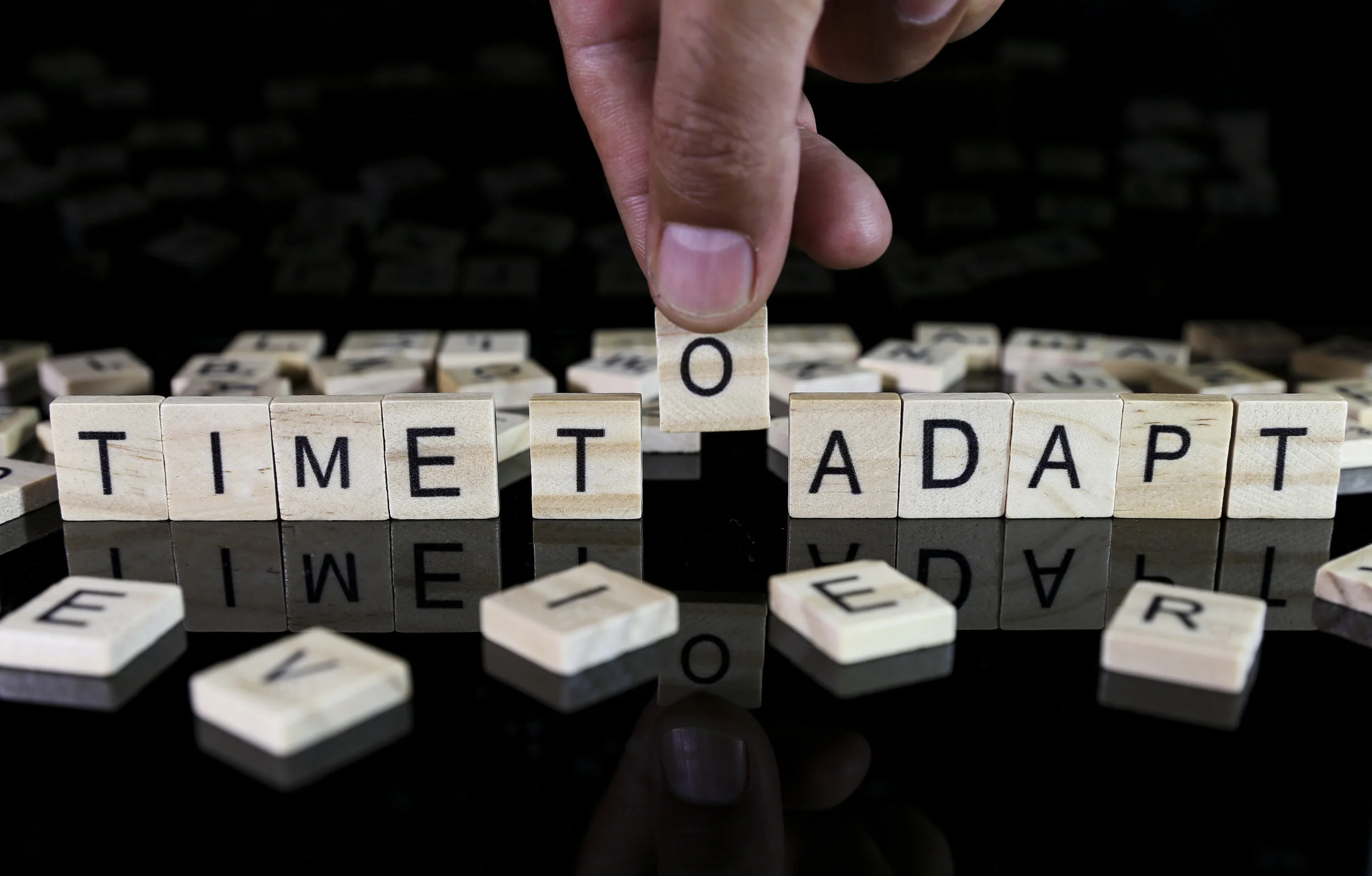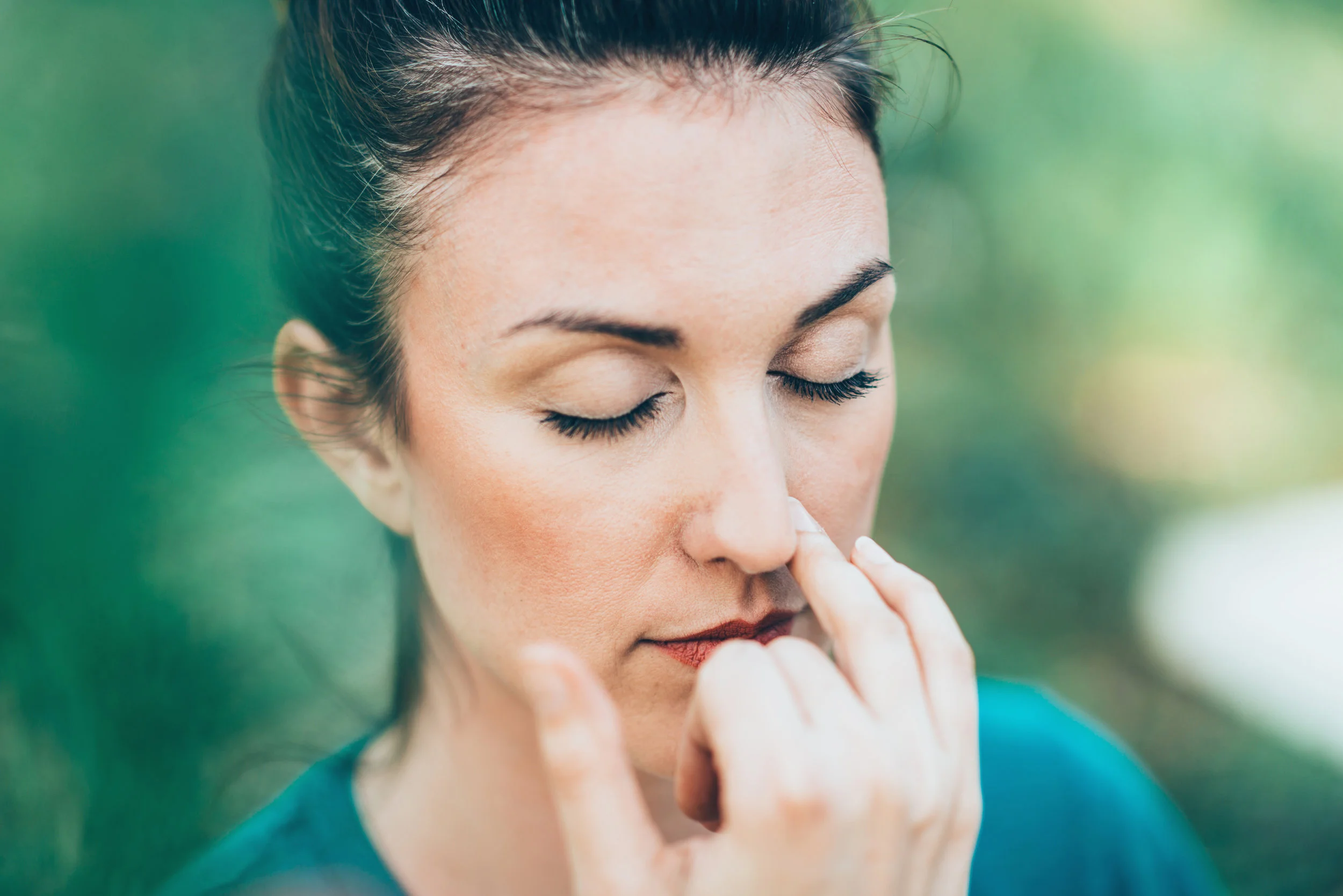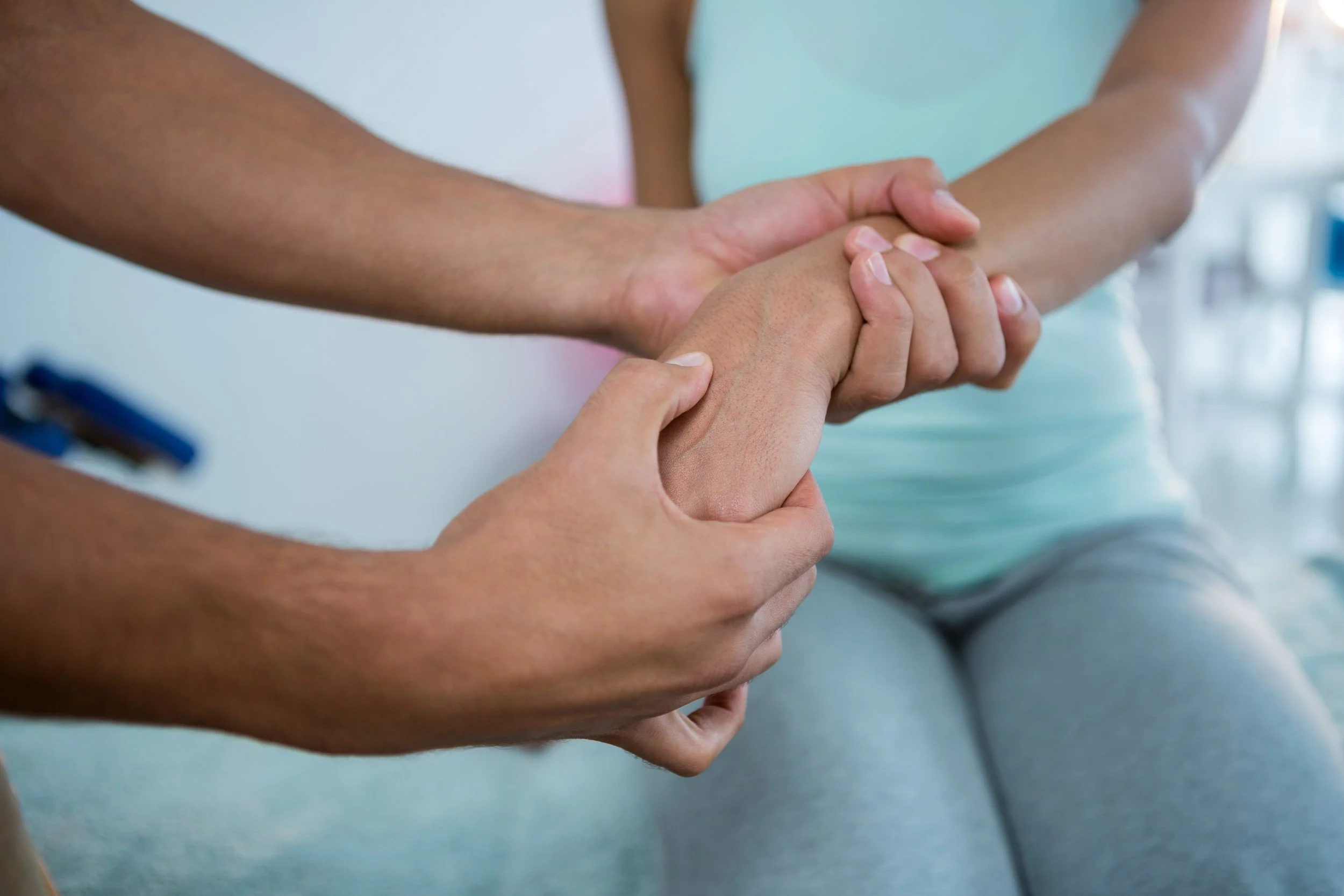How Hormones Control Us
/Although we rarely think about the endocrine system, it influences almost every cell, organ, and function of our bodies. The endocrine system plays a role in regulating mood, growth and development, tissue function, metabolism, and sexual function and reproductive processes.
In general, the endocrine system is in charge of body processes that happen slowly, such as cell growth. Faster processes like breathing and body movement are controlled by the nervous system. But even though the nervous system and endocrine system are separate systems, they often work together to help the body function properly.
The foundations of the endocrine system are the hormones and glands. As the body's chemical messengers, hormones transfer information and instructions from one set of cells to another. Many different hormones move through the bloodstream, but each type of hormone is designed to affect only certain cells.
A gland is a group of cells that produces and secretes, or gives off, chemicals. A gland selects and removes materials from the blood, processes them, and secretes the finished chemical product for use somewhere in the body.
Some types of glands release their secretions in specific areas. For instance, exocrine (pronounced: EK-suh-krin) glands, such as the sweat and salivary glands, release secretions in the skin or inside the mouth. Endocrine glands, on the other hand, release more than 20 major hormones directly into the bloodstream where they can be transported to cells in other parts of the body.
The major glands that make up the human endocrine system include the:
- hypothalamus
- pituitary gland
- thyroid
- parathyroids
- adrenal glands
- pineal body
- reproductive glands (which include the ovaries and testes)
- pancreas
Want to learn more? Read more here.











![Self-regulation “control [of oneself] by oneself"](https://images.squarespace-cdn.com/content/v1/55563e14e4b01769086817cb/1542845645966-PO2HGKF5JLUBM45UIWQ3/wee-lee-790761-unsplash.jpg)



















